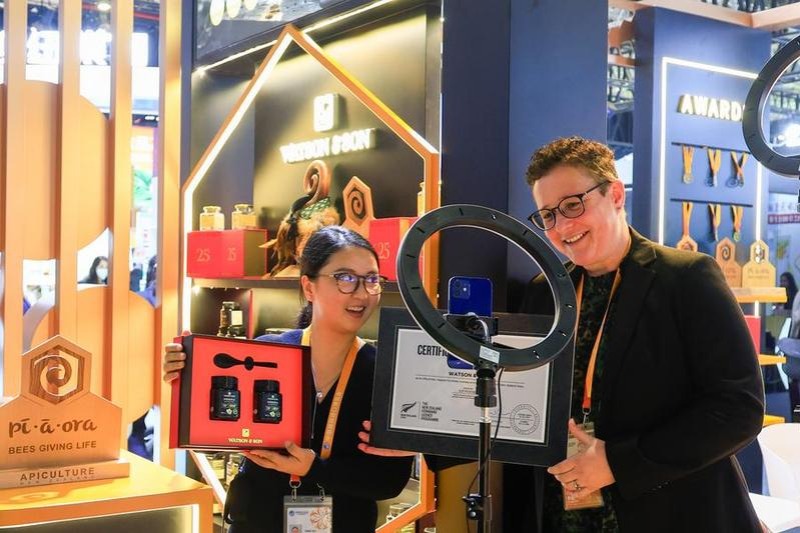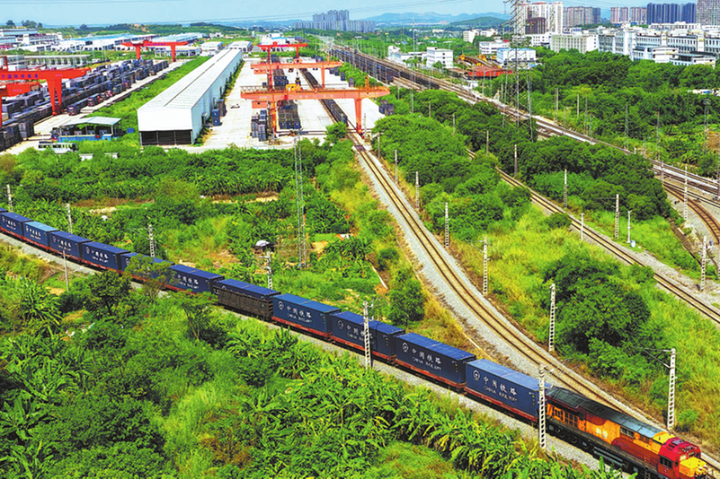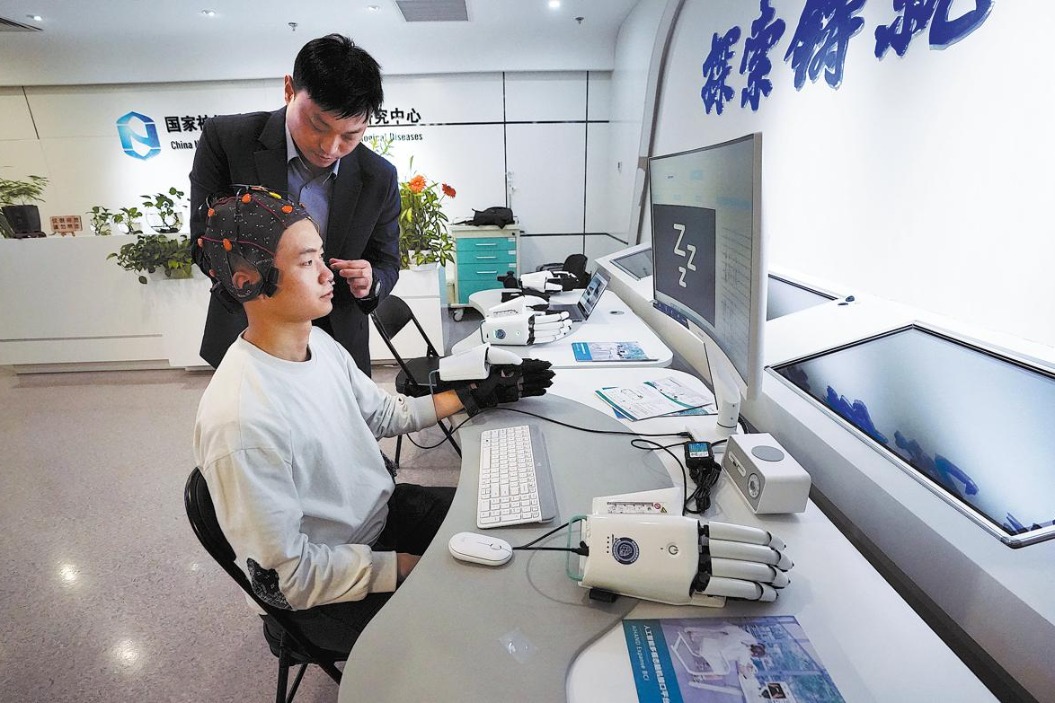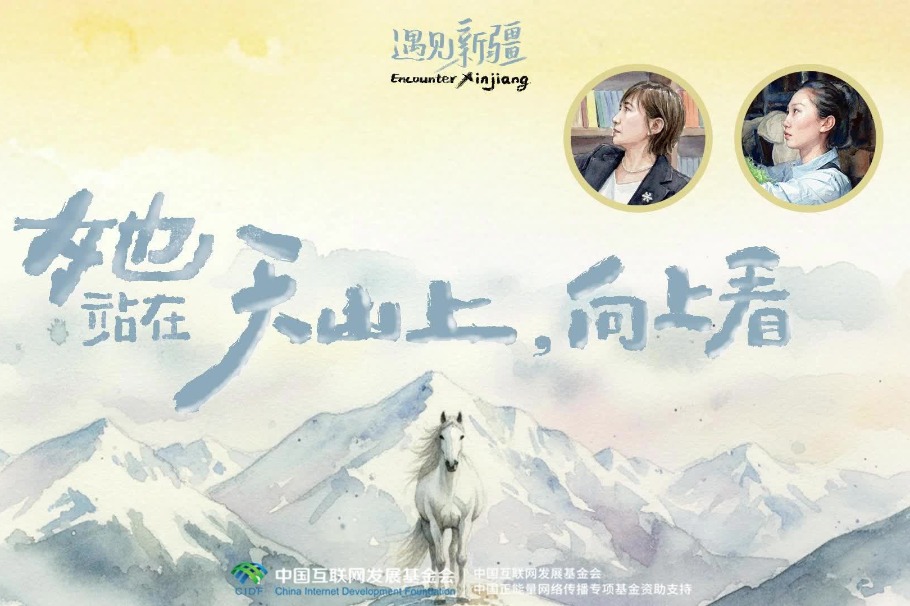Rare photos have dazzled for generations
By Earle Gale in London | China Daily | Updated: 2019-01-22 09:15

Early European shooters captured these insights into 19th century China
When Dutch professional wildlife photographer Marsel van Oosten's picture of two golden snub-nosed monkeys resting on an outcrop of rock in the Qinling Mountains won the most recent Wildlife Photographer of the Year competition, he became the latest in a long list of shutterbugs to win praise for images taken in China.
The rich and colorful scene shot in Northwest China's Shaanxi province titled The Golden Couple captures the monkeys' stoic reaction to a fight among unseen members of their group and accentuates their lush fur, and the male's distinctive blue face.
Van Oosten told journalists at the awards ceremony at London's Natural History Museum that he was "shocked and honored" to win, and said he traveled deep into China's wilderness to highlight the vulnerability of the species and the beauty of their home. "I am happy that it is with this particular image (that I won) because it is an endangered species and one that very few people even know exists," he told reporters.
The desire to share such scenes has drawn photographers to China since the invention of the art form. One of the earliest to capture Chinese scenes was William Thomas Saunders, a British-born photographer who lived between 1832 and 1892 and who opened one of Shanghai's first photography studios in 1862. Henry Charles Cammidge, from York, England, traveled to Shanghai in 1861 to work in the customs service but resigned in 1866 to become a professional photographer and shoot scenes in and around the city. Hot on their heels was the legendary Scottish photographer and travel writer John Thomson, another of the early Europeans drawn to China more than 100 years ago. The photographs he took are the subject of an exhibition that runs until June 2 at the Russell-Cotes Art Gallery & Museum in the southern English town of Bournemouth.
The 108 photographs on display offer a rare glimpse of China in the 1860s and 1870s and were an important in educating people in Europe about the wonders to be found there. Thomson's photographs were so candid, he is remembered today not only as a pioneering photographer, but as one of the world's first photojournalists and an important early travel writer.
The photos he took offer a rare look at ordinary people and their lives and the power of the pictures was noted by Anthony J Hardy, chairman of the Hong Kong Maritime Museum, who said the "pearl of a show" had a visceral impact on visitors when Through the Lens of John Thomson was displayed in 2014.
"I had no idea that the emotive nature of these early images would have such an impact on contemporary audiences," he said at the time.
Thomson captured scenes in Beijing, Southeast China's Fujian province, and Guangdong province and undertook trips down the Yangtse and Min rivers. He also spent several years exploring other parts of Asia, including today's Vietnam and Cambodia.
Several of the portraits he took were of women, subject matter that was often overlooked at the time, but, judging by his photos, he put all subjects at ease, whether members of the aristocracy, soldiers, merchants, or people on the fringes of society.
His achievements are even more impressive because cameras at the time were large and heavy, and the equipment incredibly delicate.
Often, while Thomson was marveling at the scenery, local people were marveling at him because he traveled at a time when few Europeans had visited the more remote parts of Asia.
Betty Yao, curator of the John Thomson Collection, said the photos "offer an extraordinary insight into 19th century China".
The Russell-Cotes, a wealthy married couple who visited China in 1885, began collecting rare artifacts while on their trip. Their collection eventually became the Russell-Cotes Art Gallery & Museum in Bournemouth that is hosting the Thomson exhibition. The museum is showing a selection of items from its collection alongside the John Thomson photographs.
Edinburgh-born Thomson ended up returning to Britain in 1872 with 700 glass-plate negatives that have been housed in the Wellcome Library in London since his death in 1921.
The exhibition has toured many of the world's museums over the years, including the George Washington University Museum & Textile Museum in Washington.
While Yupin Chung, curator of East Asian art at The Burrell Collection in Glasgow, said after the institution hosted the exhibition in 2011 that it "gives visitors a chance to explore Thomson's aesthetic vision which was destined to shape the Western impressions of China's landscape".
Deborah Ireland, a history of photography writer for the Royal Geographical Society, and Michael Pritchard, from the Royal Photographic Society, will deliver a public seminar at the Russell-Cotes Art Gallery & Museum on Wednesday, Feb 27 during which they will offer insights into the legendary photographer's work.
























